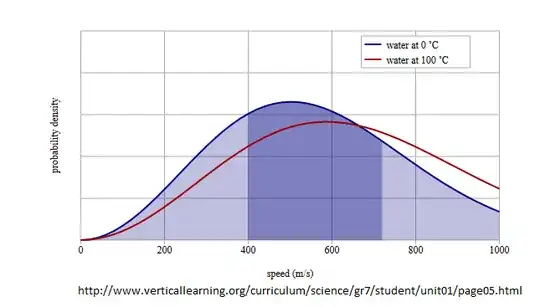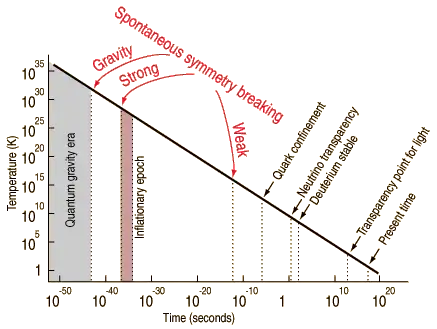Regarding unification without mathematics, I think it's best to dial it back to before spontaneous symmetry breaking. There was a EM-like force mediated by the $A$-boson, and a weak force, which was mediated by a triplet of bosons: $W^{\pm}$ and the $W^0$. They were all massless.
Along comes the Higgs mechanism, and the $A$ and $W^0$ get mixed into the photon ($\gamma$) and the $Z$. The $W$ and $Z$ acquire mass. That means light is partially composed of $W^0$s. I think that would have blown Maxwell's mind.
CERN in 1982 was of course, post spontaneous symmetry breaking. What they did was create the $W$ and $Z$ bosons, at the expected masses based on electroweak theory. There was nothing special about the reactions that meant there was unification or not.
For a simpler example, look at SLAC/SLC. At the time this was an
electron-positron collider designed to make $Z$s. One reaction is:
$$ e^+e^- \rightarrow e^+e^- $$
Of the many ways this can happen, two are:
$$ e^+e^- \rightarrow \gamma \rightarrow e^+e^- $$
$$ e^+e^- \rightarrow Z^0 \rightarrow e^+e^- $$
where the intermediate particle is virtual. At low energy, the electromagnetic reaction is completely dominant, the weak force is just too weak. As the collision energy is raised, the EM channel proceeds at a very predictable pace. As you approach the $Z$ mass, the cross section goes way up. Hugely. This is because of resonant production via the weak channel.
Also: the EM coupling is no longer $\alpha \approx 1/137 $, it's more like $1/128$ because of the running coupling. Meanwhile the weak force is no longer weak, it's coupling is something similar.
So: the photon and $Z$ have similar coupling and under go the same reaction. They're so similar, that these 2 channels can interfere quantum mechanically, leading to parity violation for polarized leptons.
Had the experiment been done pre High Mechanism, I suppose one would consider:
$$ e^+e^- \rightarrow A \rightarrow e^+e^- $$
$$ e^+e^- \rightarrow W^0 \rightarrow e^+e^- $$
but that's just not something people talk about.
In summary: The unification is not something we recreate in the lab. It is theoretical, but it has implications for what we measure in the lab today.
It very much like the unification of the electric field and the magnetic field: the special theory of relativity taught use they are 2 parts of the same thing, an antisymmetric 4-tensor field. Likewise, EM and the Weak interaction are 2 parts of a more complicated thing called the electroweak interaction.

